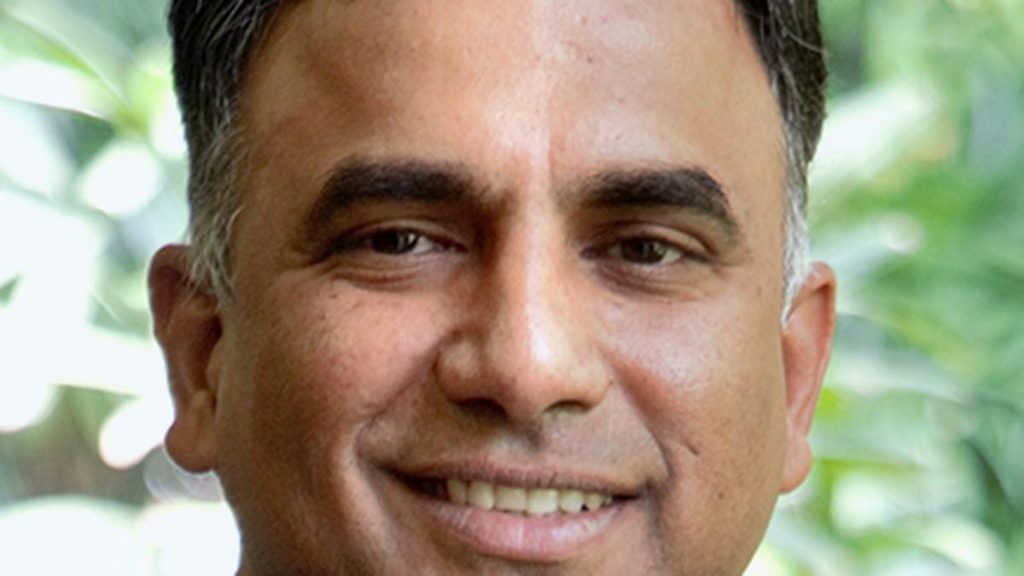Now Reading: New Number System Outperforms Binary, Faces Compatibility Challenges
-
01
New Number System Outperforms Binary, Faces Compatibility Challenges
New Number System Outperforms Binary, Faces Compatibility Challenges

Rapid summary
- Ancient Babylonians used a base-60 numeral system, while modern computers use binary (base 2) for efficiency.
- Experts historically explored alternative systems like the ternary (base 3), consisting of three digits: 0, 1, and 2, or a balanced model using -1, 0, and 1.
- Ternary systems are theoretically efficient and simpler for specific calculations but face practical limitations due to hardware constraints.
- The Soviet Union built the first electronic ternary computer called Setun in 1958 at Moscow State University; around 50 units were produced.
- Binary systems dominate computing today due to ease of implementation in transistors-devices essential for conventional computers.
- Ternary computing is currently pursued only as hobbyist projects owing to it’s incompatibility with existing binary infrastructure.
Indian Opinion Analysis
The exploration of numeric systems beyond binary underscores humanity’s longstanding quest for computational efficiency. While theoretical discussions favor ternary’s balance and elegance-for instance its capacity to simplify certain operations-the practical dominance of binary reflects the importance of adaptability within technology. For India-a nation prioritizing advancements in digital infrastructure alongside innovation-studying alternative computing methods could contribute intellectually without necessitating immediate essential shifts from established standards like binary. For research bodies and ancient enthusiasts alike, endeavors such as examining ternary are reminders that technological innovation frequently enough grapples with balancing theoretical efficacy against real-world practicality.























